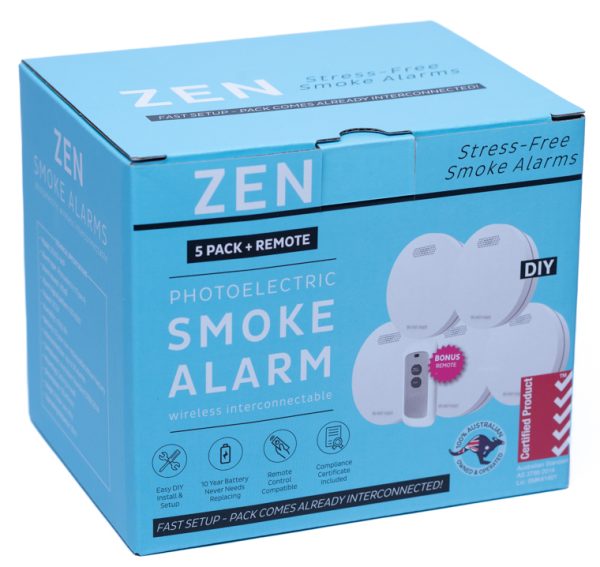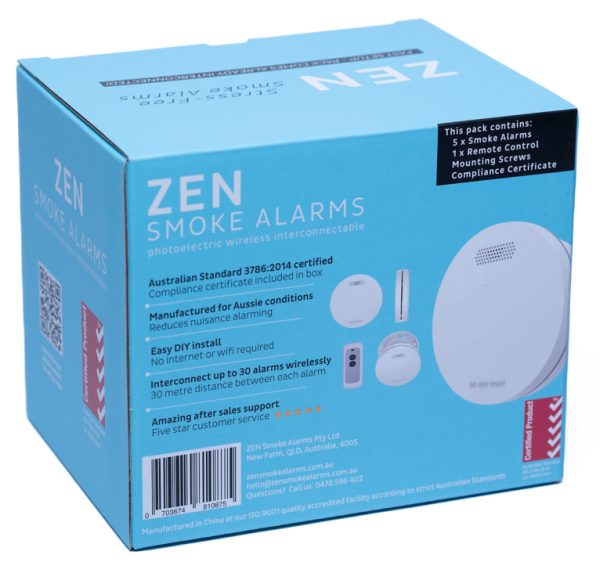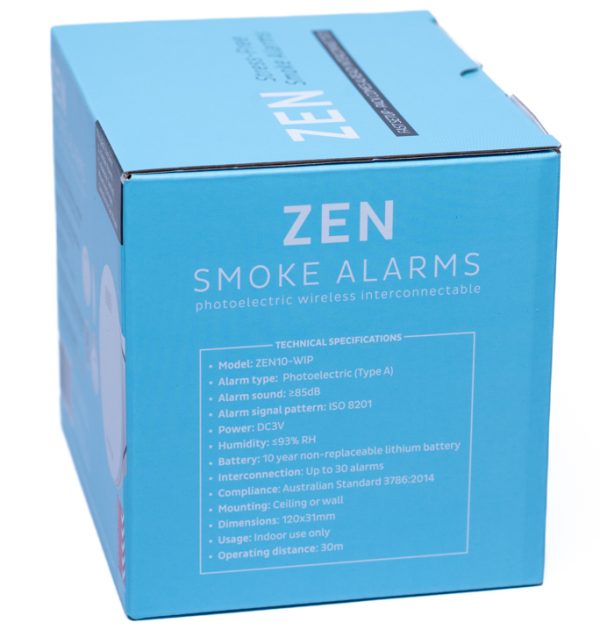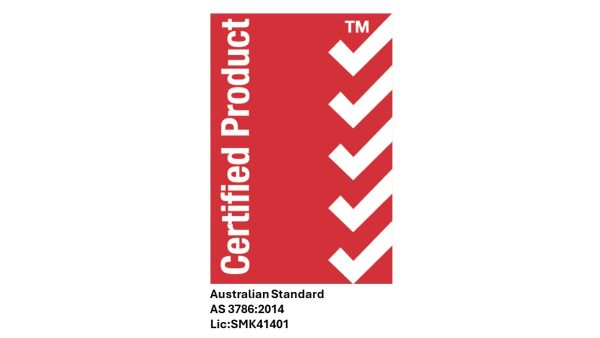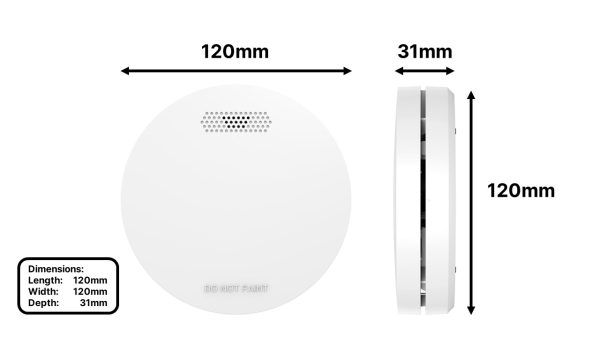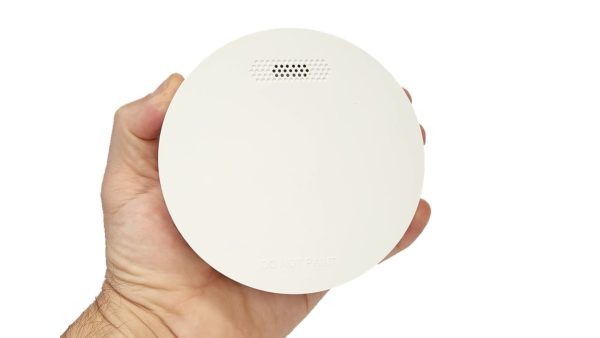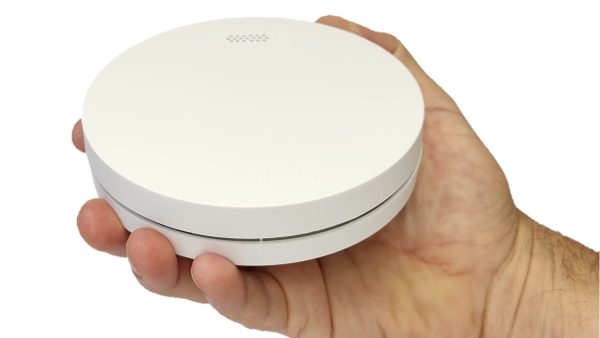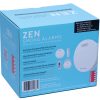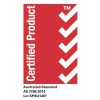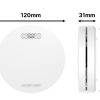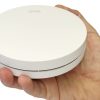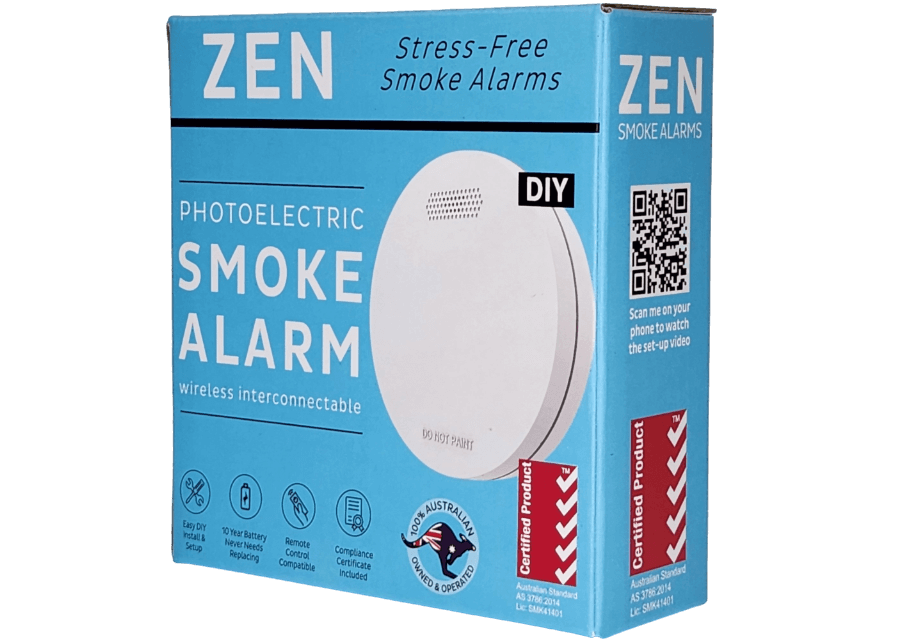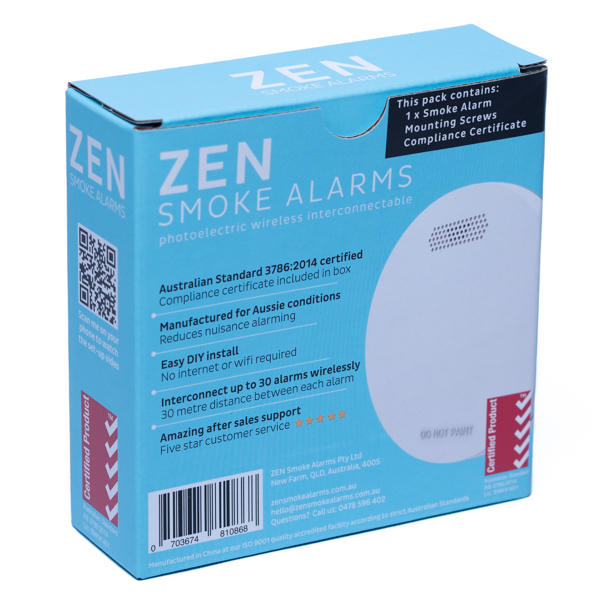Description
ZEN Photoelectric Smoke Alarms are high quality and affordable wireless smoke alarms with a stylish low profile design and are easy to DIY install. They are certified for use in all Australian states and territories and comply with Queensland’s stringent new smoke alarm laws. ZEN photoelectric smoke alarms are perfect for home owners, sellers, landlords, rental property managers and tenants who want to do the right thing by protecting their home and loved ones.
The ZEN photoelectric smoke alarms bundle pack will arrive to you already interconnected, straight out of the box. No confusing pairing process, simply switch the alarms on and affix to the ceiling – job done!
This ZEN interconnected photoelectric smoke alarms bundle pack also includes;
A BONUS smoke alarm remote control – allows you to conveniently test and hush the interconnected photoelectric smoke detectors.
FREE shipping on all ZEN Smoke Alarm bundles — because safety shouldn’t come with extra costs!
Why you will love this ZEN photoelectric smoke alarm bundle pack:
- Photoelectric smoke alarms come to you already interconnected!
- Australian Standard compliance certificate included in the box!
- Easy DIY install (no electrician required)
- 10 year smoke alarm battery never needs replacing
- 30 day easy returns – change your mind for any reason? No worries! Return the fire alarms to us for your money back
- FREE SHIPPING! Order before 1:30pm (business days) and shipped the same day
- Excellent after sales support – over 180+ Google 5-star reviews!
Don’t forget you can add extra smoke detectors to this interconnected bundle by buying them individually.


